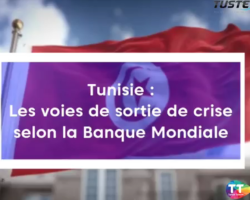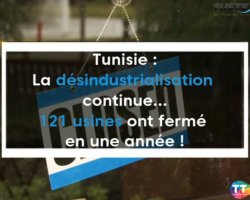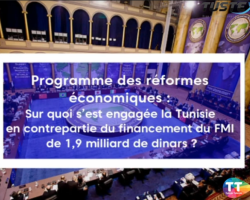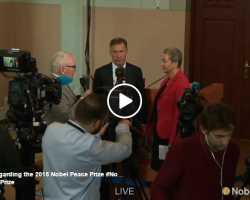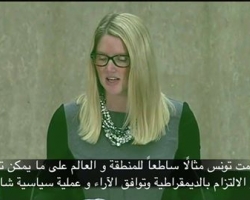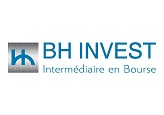
It is rare for the US Federal Reserve (Fed) not to be at the forefront of the economic policy agenda, leading the discussions and setting the terms of the debate. However, in recent months, radical policy uncertainty coming from the Trump administration completely changed the focus of attention to actions from the executive branch, pushing the Fed to follow and adapt to the macro debate, rather than lead it. This more re-active tone from the Fed was clearly observed also for the first time in the coveted Jackson Hole symposium earlier this month, when senior economists, bankers, market participants, academics and policy makers met to discuss the over politicization of economic policies.
The unprecedented levels of unpredictability on the fiscal and trade fronts, which led the US Economic Policy Uncertainty Index to all-time-highs, continue to make both growth and inflation particularly difficult to estimate or forecast. Despite a moderation since the heights following the “Liberation day” tariffs announcements, policy uncertainty remains at acute levels, generally above other sharp stress episodes, such as the Global Financial Crisis (GFC in 2007-09), the Euro debt crisis (2009-11), and the Covid-19 pandemic (2020).
qnb_310825.PNG
Media Folder :
It is not an easy task for the Fed to operate under this environment. As a reference, medium-term policy rates expectations have swung significantly, expressing a rather fleeting market consensus about the timing and even direction of Fed fund rates over the next few quarters. Fed funds future yields, which had collapsed in Q2-Q3 2024 on the back of rapid disinflation and expectations for aggressive monetary policy easing, surged during Q4 last year, as Trump took the lead in the US election with a progrowth platform. Since February 2025, as aggressive trade measures negatively affected investor and consumer sentiment, yields were driven down significantly, before stabilizing in recent months. Investors are currently expecting the Fed to resume the rate cutting cycle that started in September 2024, with two more 25 basis points (bps) in cuts to the Fed funds rate “priced in” by the end of 2025 and further rate cuts throughout 2026, for a cyclical terminal rate of around 3% late next year into 2027.
QNB_310825-2.PNG
Media Folder :
In our view, prevailing market expectations seem to be aligned with the macro environment, suggesting enough space for the Fed to provide further policy easing. Three main factors support our view. First, despite significant division in recent Federal Open Market Committee (FOMC) meetings, Fed officials continue to communicate their own expectation that rate cuts should re-start over the coming months. The June 2025 Fed “dot plot,” which shows the projected target range for policy rates from each of the 19 FOMC meeting participant, is not far off from the prevailing market position for the next few quarters. This is supported by the view from most Fed officials that, irrespectively of still higher than target inflation, the economy is gradually decelerating, with inflation set to normalize over the medium-term, and that any potential impact on inflation from tariffs are likely to be transitory and “looked through.” To be clear, short-term risks to inflation are tilted to the upside, but this does not justify the existing abnormally high real policy rates. With inflation running at 2.7% and Fed funds at 4.5%, real rates are very restrictive at 1.8%, 264 basis points above the long-term average. This allows for ample room for additional rate cuts in the near future. Second, the combination of a cyclical economic slowdown with negative policy shocks to sentiment suggest that further policy cuts are not only adequate but even necessary. The US economy has undertaken a significant adjustment in recent quarters, which contributed to ease the supply/demand tightness that was pressuring prices. This is well reflected in rapidly weakening labor markets. After reaching maximum tightness in early 2023 with the unemployment rate much below equilibrium at 3.4%, labor markets fully adjusted and are now deteriorating further to dangerous levels.
The unemployment rate for July 2025 was 4.2%, at the threshold of what the Congressional Budget Office estimates to be the equilibrium rate. Importantly, other labor metrics, such as new job openings, have been weak. This suggests that additional labor market deterioration is likely coming, producing an employment problem in the US. While there is still division within the FOMC whether if employment or inflation are the primary problem at this point, the natural economic dynamics point to more emphasis on employment moving forward. This is what Powell alluded to in his Jackson Hole speech when he mentioned the “shifting balance of risks” as a justification for resuming rate cuts. Moreover, US capacity utilization, measured in terms of industrial slack, also indicates that the US economy is running well below potential or its long-term trend for more than a year now. These conditions support additional rate cuts to at least neutral levels over the coming quarters, i.e., policy rates that are around the estimated neutral rate of 3%.
Third, political conditions and the ongoing changes in the composition of the Fed’s Board of Governors are likely to cement a stronger “dovish bias” into the FOMC decisions. President Trump has been vocal in terms of his preferences for deep policy rate cuts and for appointing a new Fed Chairman that is more aligned with his views. Chairman Powell’s mandate is set to expire in May 2026 and this is already allowing Trump to increase his influence on the Fed, as potential candidates for the position are compelled to further showcase or double-down on their “dovish” positions and support for monetary accommodation. The resignation of Adriana Kugler earlier this month, one of the most “hawkish” FOMC members, is expected to also contribute to tip the balance of power further in favour of the “doves,” who are keen to cut rates faster and deeper.
All in all, despite policy uncertainty, above target inflation and potential one-off price spikes from tariffs, the Fed is expected to further cut rates in 2025 and throughout 2026. This comes on the bac All in all, despite policy uncertainty, above target inflation and potential one-off price spikes from tariffs, the Fed is expected to further cut rates in 2025 and throughout 2026. This comes on the back of an established minimal consensus within the Fed on the need to resume rate cuts, a weakening economy, and the cementing of an ample “dovish” majority within the Board of Governors and the FOMC over the next few months.































